What could be common between American school teacher and nurse from Finland? In usual life they would probably never meet. But in cozy punk-world they run together music label, distribute records and book shows under Bad Hair Life Records flag. We talked with Larry and Vilja about how they could create this punk-idyll.
TW: Hello! Tell a little bit about yourself. How the idea to run a label and release bands records came to your head?
Larry: This was something I had originally wanted to do back in the late 80’s, but I had no money and no real ambition back then, so it never happened. I actually had stopped following punk rock sometime around 1990, after a tour with two bands from Texas,Dresden 45and Fearless Iranians from Hell.I think I was just burned out and I was wanting to hear different music and do new things, not music related. It was time for me to grow in other areas.
Then, sometime around 2004, I started to listen to some of my old records again. The music just started to make sense again and it sounded right. By that time, there was this thing called the internet and I started to check out new bands. I resisted the negative feelings that others from my generation were sharing about new punk bands. To me, punk had no age limits, no boundaries, and was first and foremost about personal freedom. I loved hearing new bands and started getting new records.
I always found it fascinating that this music is everywhere in the world and I loved seeking out more obscure releases from different places. Language was never a barrier for me. I don’t have to understand it, to feel it. When the songs are translated, it’s the same story everywhere and the same feeling. It is the bond that allows punks to refer to their borderless kingdom as a community.
So in my searching for new music, I discovered a Danish band called Selvhenter.I got a copy of their first 7” from them and then one day, they asked if I knew anyone in the US who would be interested in releasing another EP for them. I asked around, but I could not find anyone. I decided to release the record myself. I didn’t really know what I was doing, but I figured it out and I think the whole project went well. They were very supportive. I was going to release it without a label name, but I thought that would probably make it hard to sell. I decided that the nameBad Hair Life would be sort of funny and sarcastic. I was thinking that if this first release went well, then I might want to try another and a name like BHL would not sound like anything in particular.
TW: How it’s happened that with work of label helps the girl who lives on the other side of the world? Finland and United States are pretty far from each other.
Larry: Vilja is in Ydinperhe.I helped release their LP in 2011. They came to the US twice for touring. I went along on both of those tours. The first tour was in 2011 and happened on the east coast with Pahaa Verta.The second tour was in 2012 with Haistelijat.That second tour started here in Houston, and we traveled to the west coast. When we returned from the tour, Vilja offered to take some of my distro records back to Finland to sell there, as a way to help me out. I guess I have too many distro records here! I was really happy with the offer for help and it got me thinking that the label would probably benefit from having someone else more involved. I knew she was honest and a much harder worker than I am, so I asked if she would like to help with the label in a bigger way. I really wanted her to start running the label with me, as an equal partner share the label. I am no control freak and neither is she. I am very grateful that she accepted the offer.
Vilja: Coming home from a tour with a ton of records and a label was definitely not planned! It just felt wrong to not use the opportunity we had, Larry’s shelves and closets full of records and taking them home with no postage. When he asked me to share the label then, I couldn’t say no. I guess I had been looking for something like it for a while so it felt right. But wouldn’t have started alone! I had been dealing with releases and mailing and stuff with Ydinperhe’s selfreleased records, but hadn’t been doing any real distro stuff and the MINEFIELD 7” was the first time I handled a whole release by myself.
How you decide which releases should be printed in Europe and which in States?
Vilja: Just whatever makes more sense on expected buyers and printing and shipping costs.
Larry: I saw this partnership as a way to press records in the US and Europe and keep the costs down. Shipping is very expensive and I thought it made sense to press records closer to where the fans were. I had already pressed two LPs in the US for European bands and most of the people wanting those records were in Europe. The shipping was so expensive that many people simply did not order.
The division is work is relatively simple. She handles Europe and I handle North America. Either one of us can ship to Asia when needed. Usually, I will shop around for US releases that she is interested in getting and then I will buy copies here for wholesale. After I have collected several titles from different labels, I ship everything to her in a single large parcel. This way, she can get titles from various labels here in the US and only deal with the shipping to Finland one time. She does the same thing there in Finland. We always send in large parcels. This means that we have to wait a few months to get things, but we both have lives outside of this and we are patient people.
You’ve made tours for some foreign bands in USA. Is it easy to make tour for not-american band in States? Which difficulties you have to face while doing this?
Larry: I have organized three tours for bands from Finland. First thing to know is that the bands should come to the US as tourists. They bring nothing with them that gives a clue that they are in a band. I provide everything they need when they get here and they can also purchase things if they want. Taking things back home is no problem. The first tour was tricky because I had to fly to Newark, New Jersey to meet the bands at the airport. I didn’t really know what they looked like. We rented everything there in New York City and got a rental van to tour in. This made the trip very expensive. Getting the shows for this tour was not too difficult. I think the fact that the bands were from Europe made it a bit easier.
On the east coast, there are also more cities and finding a person intersted in helping out seems more likely. The driving on the east coast is also much easier because everything is close together. Ironically, the larger cities had less favorable turnouts to the shows. The smaller cities had the best shows and most welcoming atmospheres. After this first tour to the east coast, Ydinperhe expressed an interest in returning the following year to tour the west coast. That is when I decided to purchase gear. I own everything now, except for a van; the whole backline and instruments!
Getting shows in the west is not as easy. The past two tours, the bands have flown to Houston and this is where we began our trip. In the west, the cities are more spread out and drives are very long. Trying to find a show for each night is tough and you wind up having a night or two with nothing to do.
TW: What tour has been most successful in your opinion?
Larry: I can’t decide. I like to think they all were successes because we made all of our shows, though I did cut it close a couple of times on the last tour with Maailmanloppu and Kuudes Silmä. Long drives, traffic and no sleep are tough! You need to come!
TW: What the situation with touring in Europe and especially in Scandinavia? Is it hard to book shows?
Vilja: I’ve not been touring so actively for the past couple of years now, but I think it’s getting easier all the time. As more and more bands have been touring, everyone knows someone from somewhere and it’s easy to build up a network. To me, the situation of venues looks good and there’s a growing number of actually good bands to play with! Most touring bands skip Finland, because of the ferry ride, but we get a fair amount of bands from all over anyway. Finland is not that good for weekdays, so it’s a shame that most bands come here between weekends spent in bigger countries. Sweden seems to have an improved situation as well, but I have absolutely no idea about Norway.
TW: You played several times in Russia with Ydinperhe. What impression did you get? Was it to get visa? Were there some problems with custom workers when they found out that you are musicians not usual tourists?
Vilja: Well, we were there only once for 2 shows, St. Petersburg and Petroskoi. It was great! Especially the show in Petroskoi! The venue was super cool, an old tractor factory. We had no problems and I’d go back any day. I recommend touring in Russia for anyone who can hold their vodka. Getting visas was easy, the only difficulty was that we had to switch the driver too close to the dates and ended up paying a lot for his express visa. Going over the border from here we had no problems, but coming back the van got searched twice. I don’t think it was because we looked like musicians but because we looked like bums.
TW: What are the new releases you are working at now?
Larry: Right now, Vilja is working on a couple of things in Finland. Most of our releases lately have been partnerships with other labels, which I enjoy because it allows us to help with more releases that we like and gives us less copies to sell. So these new releases will also be in cooperation with a couple of Finnish labels. The next release will be a split 7” between Lähtevät Kaukojunat and S&M. After that, we are helping to release the debut LP for The Apathetics.
TW: What do you think about shipping prices in USA? Do they grow every year? Do they influence badly on label recoupment?
Larry: Shipping within the US is not very bad, though it does grow every couple of years. It is the shipping between the US and other countries that hurts the most. In Europe, there are also the customs taxes on packages that are arriving. We do not have to worry about those taxes here in the US. Since I am involved with European releases, the currency values have also affected things. A few years ago, the Euro was about equal to $1.30 US. That made buying European releases very expensive and that is when the added shipping really hurt most. More recently, the Euro value has declined and that has made it easier for me to purchase releases there.
I think I am like most punks when it comes to offering records for cheap. I like to be able to sell what I have for as little as possible and those high prices made it impossible. The most expensive thing has been the pressing of the records themselves and the packaging. Those prices are really high. Basically, I have made no profit over the long run. I am probably in the hole. It is becoming a rich man’s hobby, sadly.
TW: I know that you work as a teacher in primary school. Do your students know about your activities and if yes, how they react?
Larry: Yes, I teach at a public school in Texas. Our campus is labeled a Title 1 school, which means that most of the students attending come from poverty. The majority of our population here is Hispanic, so the students at my campus are mostly from Mexico or Central America; either they are, or their parents. I have taught first and second grade for the past eleven years. These are kids who are six and seven years old. My job has been working with kids who speak English as their primary language. The biggest part of the job is teaching them to read. I also teach them math, writing, science and social studies.
I usually share some of my personal life with them, since we are together for nine months at a time. I don’t consider that what I do is inappropriate or bad. Punk today is not the same as it was in the 1970’s. Talking about some of what is happening is a positive thing, at least in my opinion. I like to think of it as a machine that makes change, permits personal freedom and allows the formation of positive communities.
The funny thing is that my students do not seem to care about any of it. They like their own things and I think that is best. I have raised my own kids also. The youngest is 19 and going to school in Arizona. He made about half of the record jackets for the first Secret Prostitutes LP back when he was 13. I never told my own kids what to like. None of them are into punk, though they have all found it very cool that bands come to the house to stay.
TW: Is it hard to combine touring and working at new releases with such job?
Larry: Teaching is a good job for this. It is extremely busy and I do feel stressed out a lot. I am very lucky to have Vilja’s help! I miss some shows during the school year, but I have my whole summer off. That means that if bands want me to make a tour for them, then it has to be in the hot summer.
TW: And what do you do in ‘usual’ life, Vilja?
Vilja: I’m a nurse, I’ve been working mostly with the disabled and kids. I’m going back to school this fall to study more social work. I think it’s a pretty obvioius field of work for any punks, and I know a ton of people who work in health/social care. On the other hand, it has many contradictions, too, from the viewpoint of a punk (or any reasonable person). Working inside strict structures, low budgets, and just normal social norms that you don’t believe in, it can get very frustrating. Sometimes I do feel like I’d like to do something with less responsibility and less pressure, and less bosses, but so far it has worked out. When I get tired of it, I’ll do something else!
TW: Larry, I’ve seen that you posted a huge collection of old metal t-shirts on Facebook. How did you save them in such a good condition?
Larry: I have had those shirts forever. They are all originals and most of them were bought at shows. I do have a few that I got from mail orders and a couple from older friends. When I was younger, I mostly liked metal, so that is why there are so many metal shirts from the 80’s. Cutting the sleeves off was for tough guys back then and I was more of a joker than a fist fighting kid. I guess the shirts were just lucky to be mine because I had no big biceps to show off. They sat at my mom’s house for years and I finally brought them over to my house a couple of years ago. That’s when I decided to take a few pictures. They don’t fit in my closet anymore and I don’t fit in them. Still, I hang on to them because they sort of tell a story about where I have been in life.
TW: I know that you were into punk scene in 80s but quit it. What disappointed you and what helped to come back again?
Larry: Yeah, I’m sort of old, but not old enough to be a first generation punk. I’m also slightly too young to have been going to shows in the early 80’s. In ‘84, I discovered a local radion program called The Funhouse Show. The DJ, Chuck Roast, played punk and hardcore music from around the world. I fell in love with it, as I slowly began to grow tired of metal. In ‘87, I began working at a club here in Houston, called the Axiom. It was primarily a punk club, but we did host other kinds of music, so I guess it could be generalized as an underground music club.
After about a year of working there, I was basically living there. I had no plans to go to college and I was the music scene as my future. I went on a tour with two bands from Texas, Dresden 45 and the Fearless Iranians from Hell. The tour was fun, but a disaster. I came back home, kept working at the club, and after a couple of years, got tired of it. The place had been raided by the cops a few times and I just didn’t want to have any more of it. There were a lot of drugs and I felt that most of the people who were coming to shows were just scenesters. Like, they cared more about the party life and less about the music. For me, I cared about the music.
Eventually, I just gave up. I moved to a small town on the Oregon coast and forgot about everything underground. What I did get into, was old country music and a lot of stuff from different parts of the world. I am one of the few punks at shows today that has seen Johnny Cash. I’m also proud to have seen George Jones, Waylon Jennings, and Ray Price before they passed away. I guess in 2003, I started listening to some of my old records again. For some reason, perhaps because I had become a teacher or maybe because I was going through a terrible divorce, punk started sounding right.
TW: Did punk and its attitude changed a lot from those times?
Larry: I don’t notice as many drugs these days. The clothes are a little different and there is more openess to like other kinds of music, such as metal, and still be accepted. There do seem to be more social rules to follow in punk though. I can’t really put my finger on why this is. I have thought that maybe with the passage of time, there are more genrespecific bands. So it is possible to have a purely d-beat show or a noisecore show. There is no need to mix things or see what others are listening too. Perhaps I should blame the internet. It connects and divides us all, with rapid ease. I don’t worry about them. My job keeps me busy and I am only involved to help others. I am not here to help myself! Oh yeah, it’s fashionable to call music noise.
TW: There are a lot of bands trying to copy American and European hardcore of 80s these days. Some people think that it’s absolutely wrong, because past must be in the past and punk should take new forms. What do you think about this? Do you agree with that or not?
Larry: This is an interesting idea to me. I was a history and math major in university, so I am always thinking about numbers, the past and a connection to the present. For instance, if consider the first Black Sabbath LP as a point in time. It was released in 1970. Think about it. Music has changed a little, but not so drastically that it sounds noticably different to someone who is not into it. Okay, now think of music 45 years before 1970. There is a huge difference. I think technology dictates what we can do more than we are willing to accept. We are stuck at the moment with what we have. I know you can get creative with sounds and instruments, but basically it is the same. Everything has been done already and we can’t help ourselves that we have prior influences floating around in our heads. I have nothing against people creating sounds that are similar to what is out there. Of course, I love to hear some new things and I encourage it. I just don’t get into discouraging people from doing what makes them happy. So please go be happy!
Follow the Bad Hair Life facebook page here, watch the news of finnish part, which is called Paha Tukka Elämä Levyt, through this link. Listen to some tunes on Soundcloud. All label releases can be bought in the online-store. By the way, while we prepared interview to be published, Bad Hair Life put out a new release - 7 inch split of The Lähtevät Kaukojunat & S&M. Check it out!
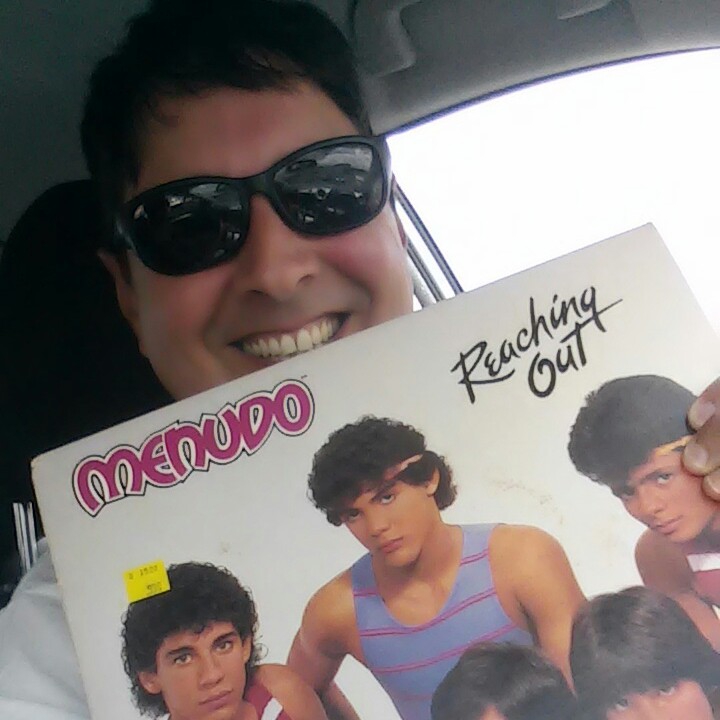

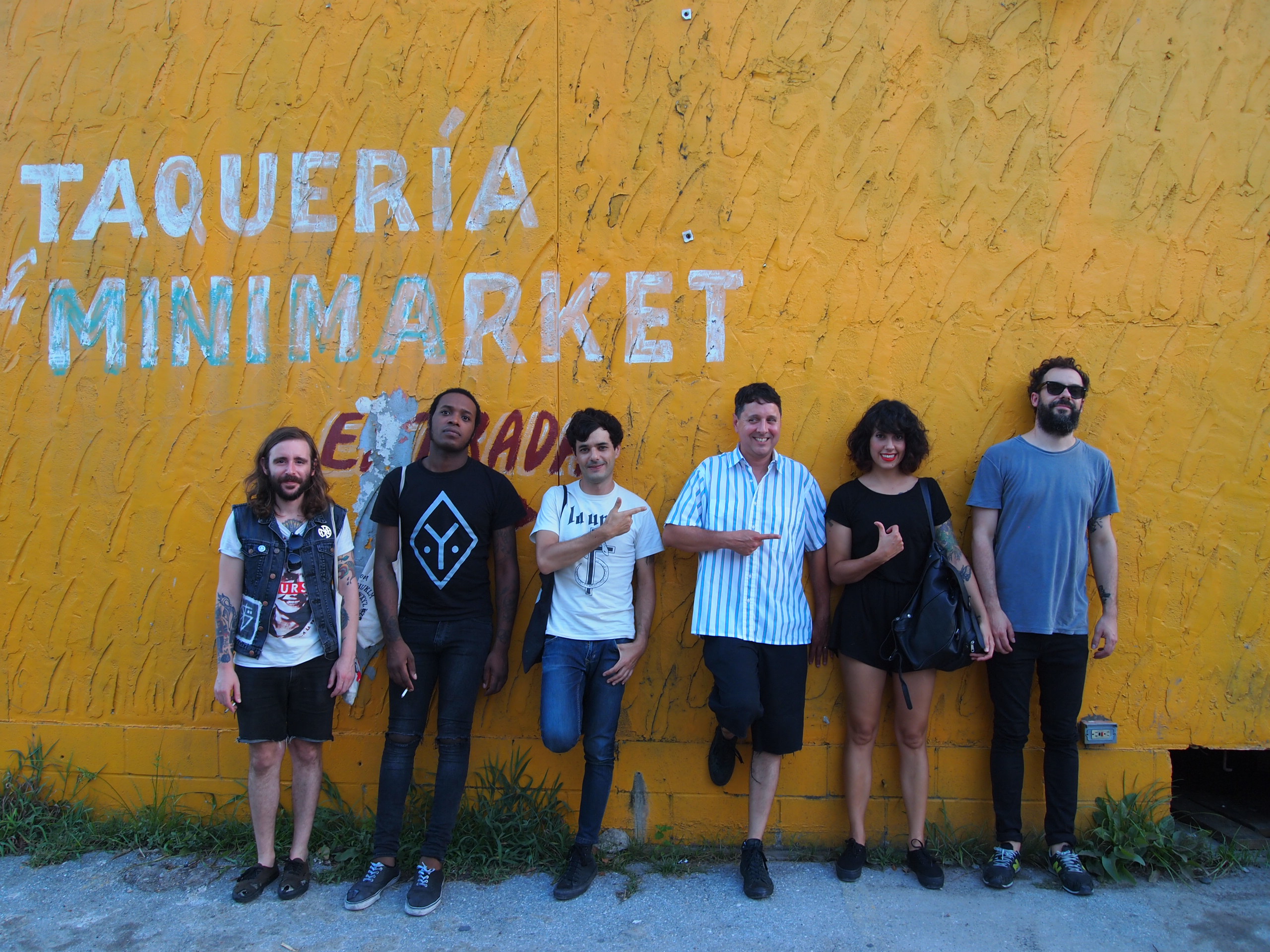
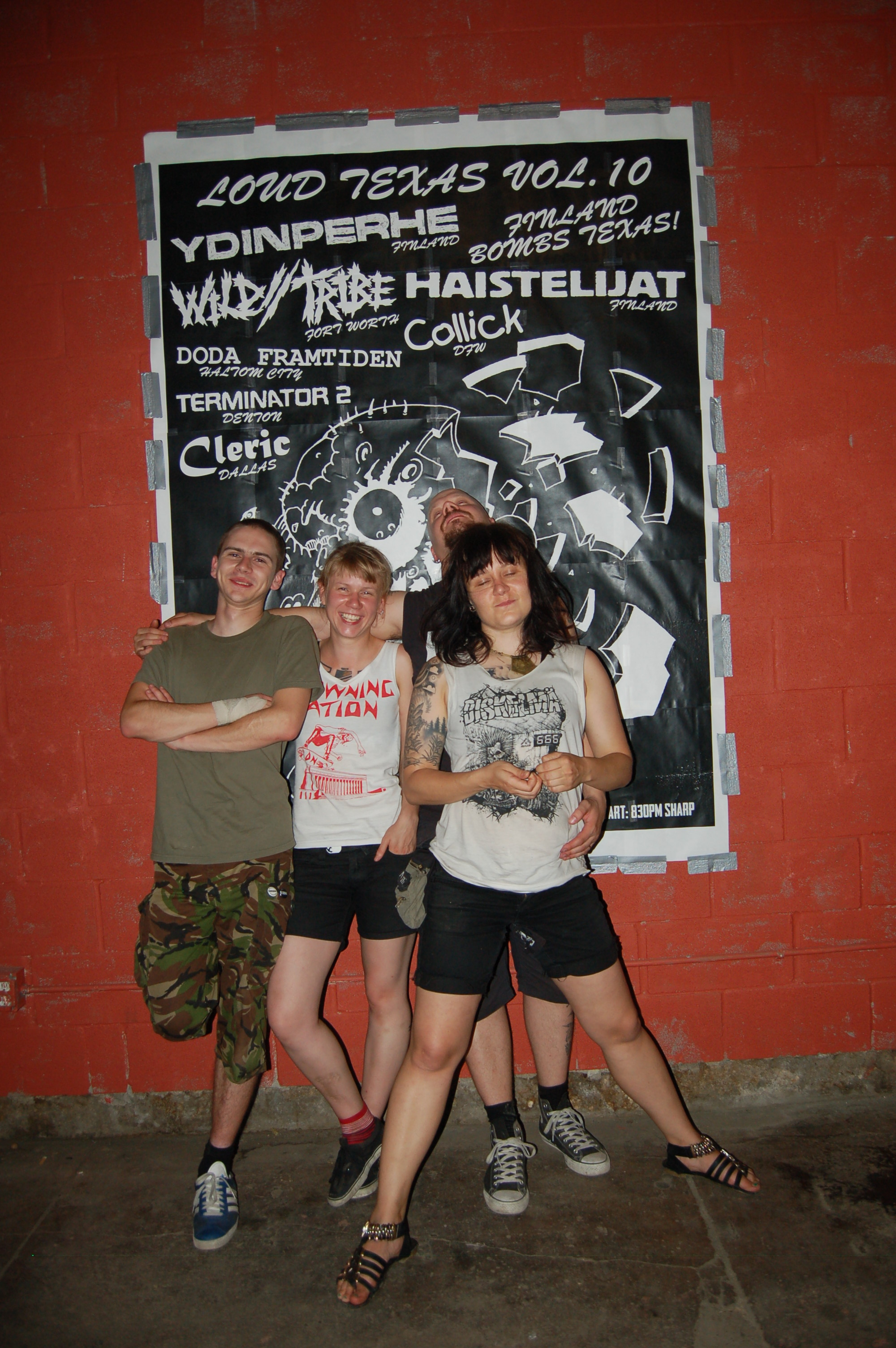
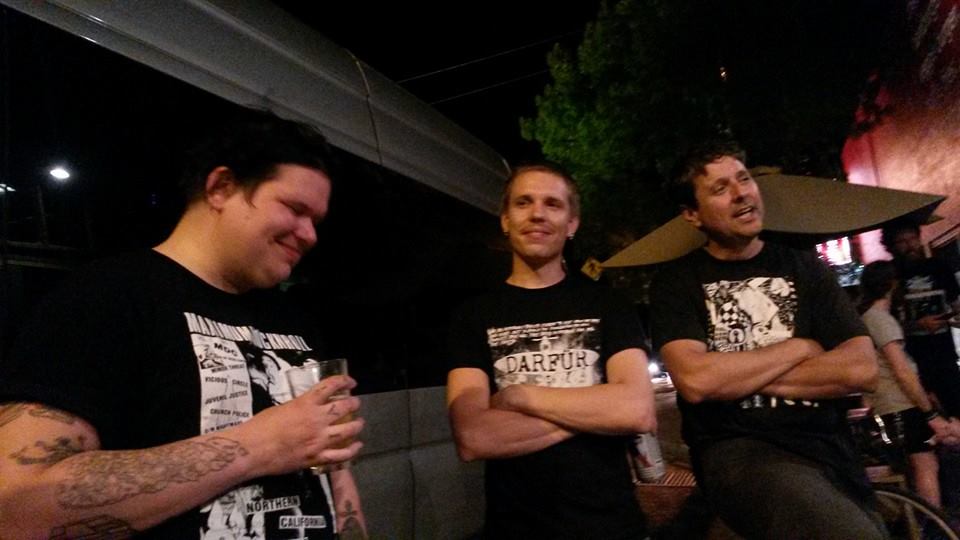
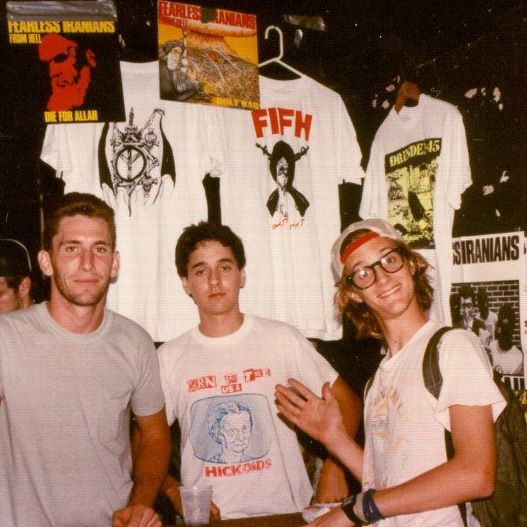
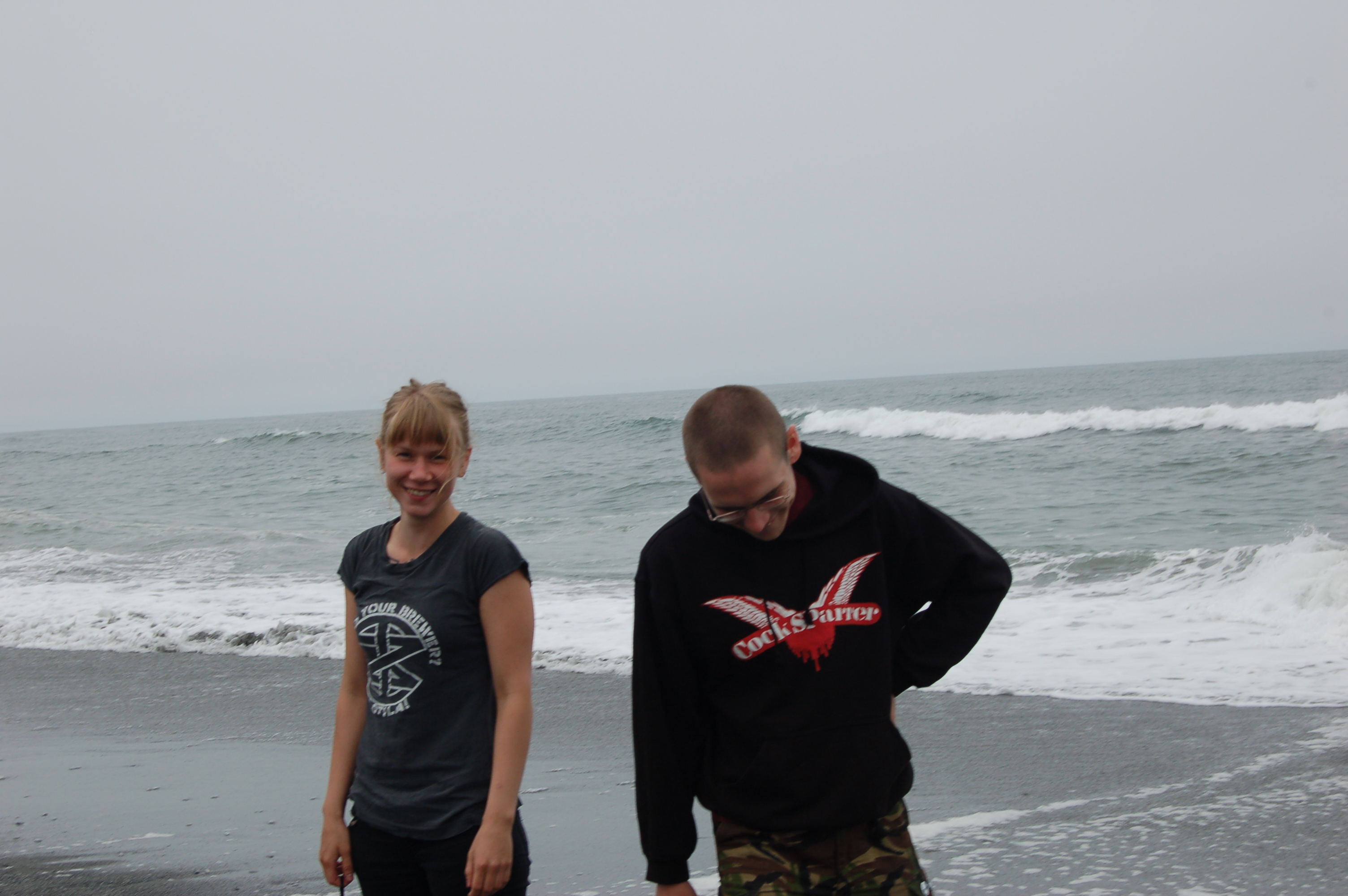
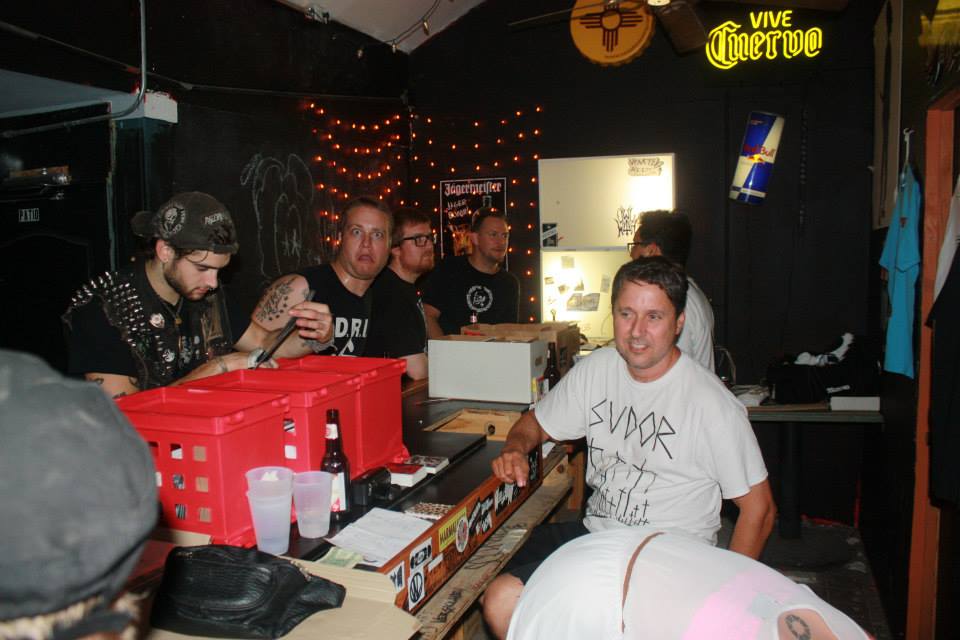
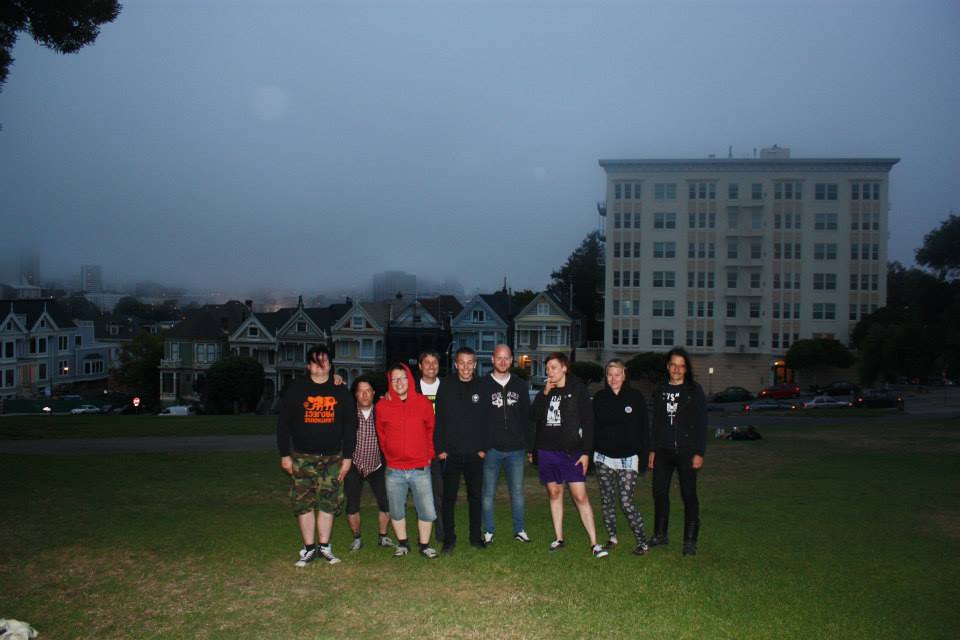

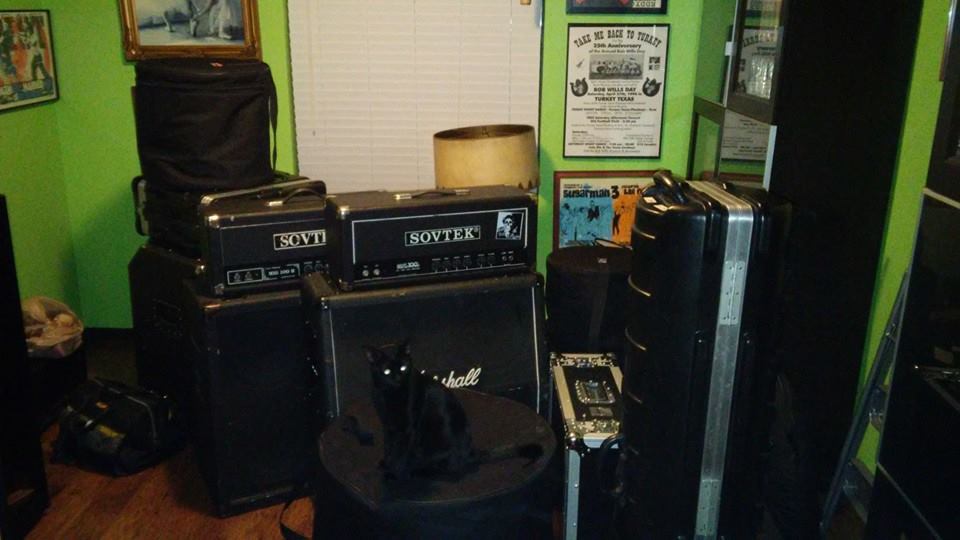
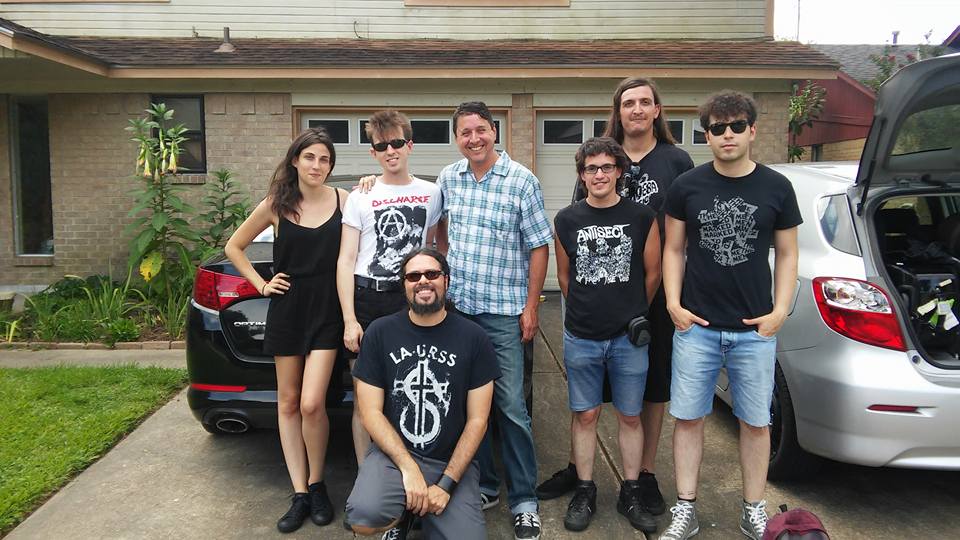
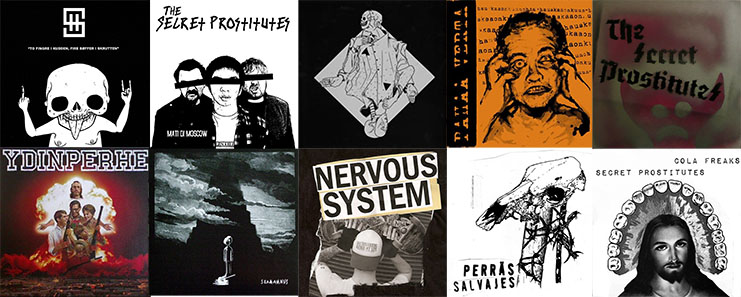
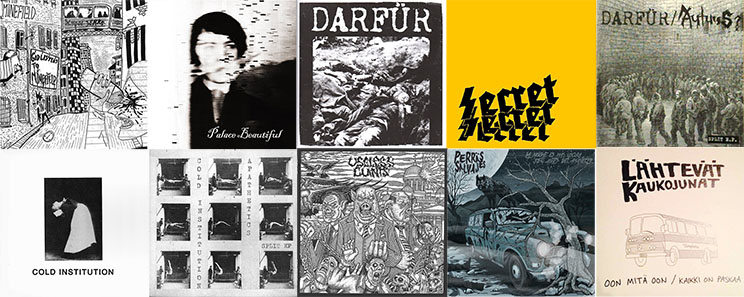
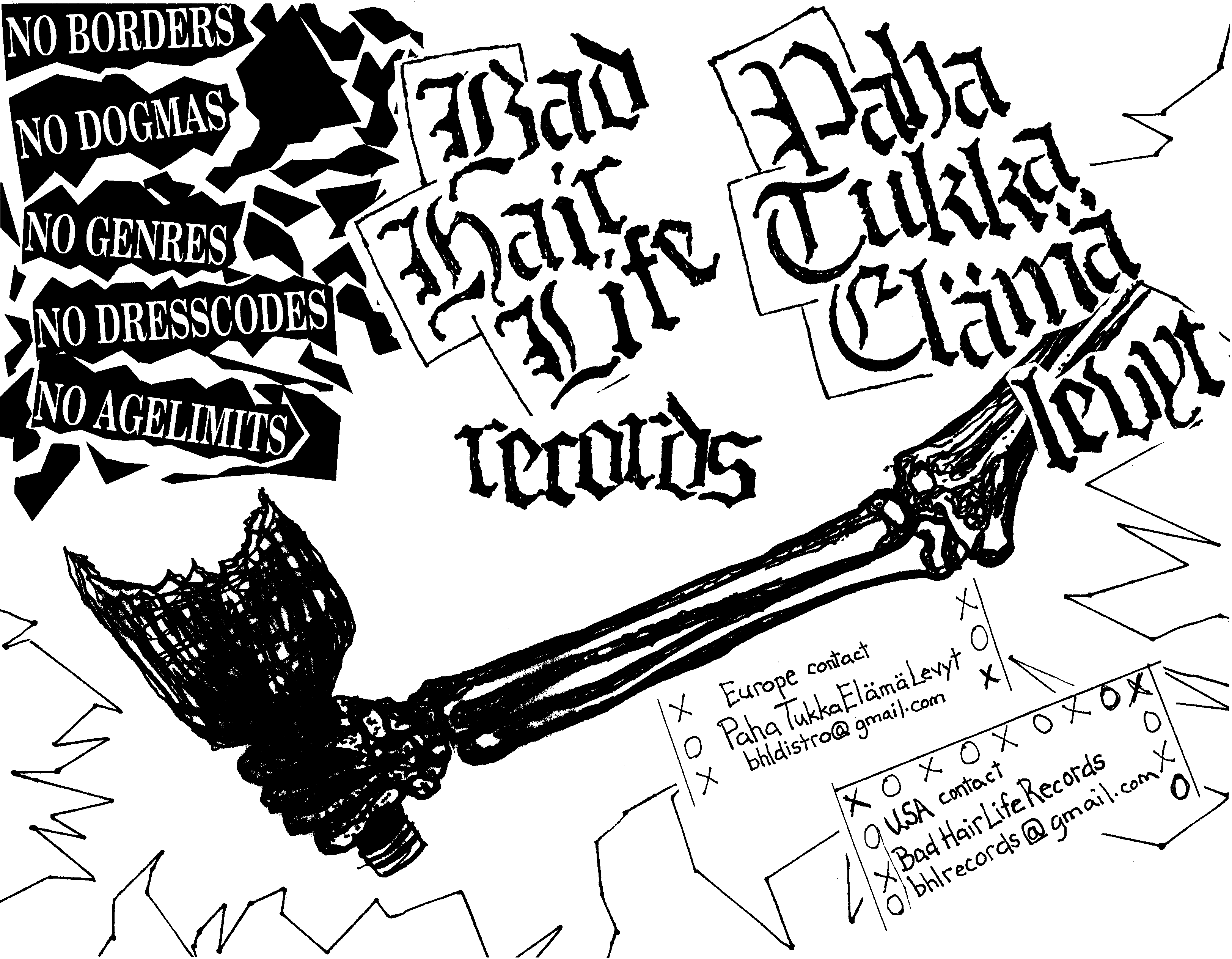
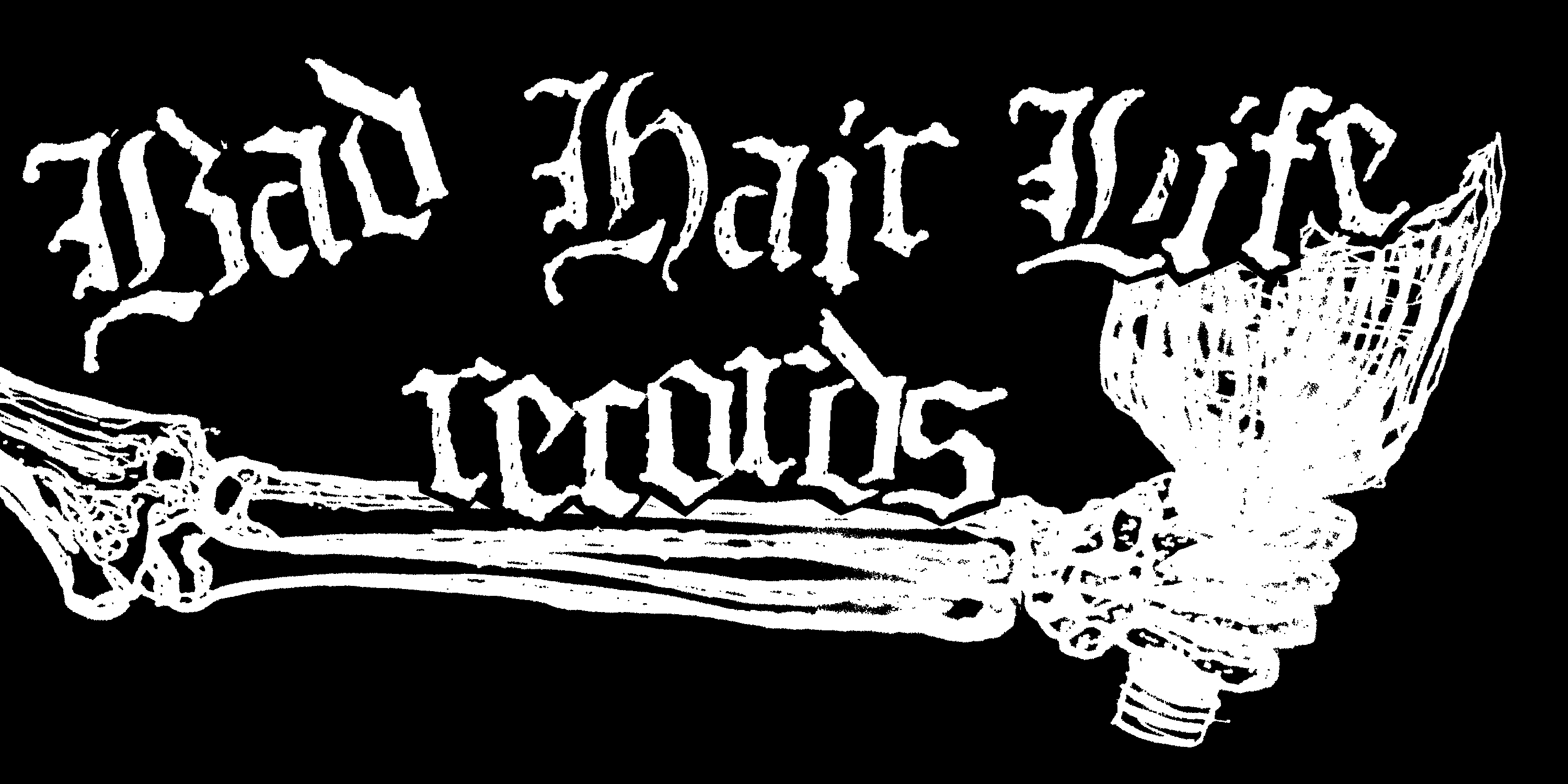
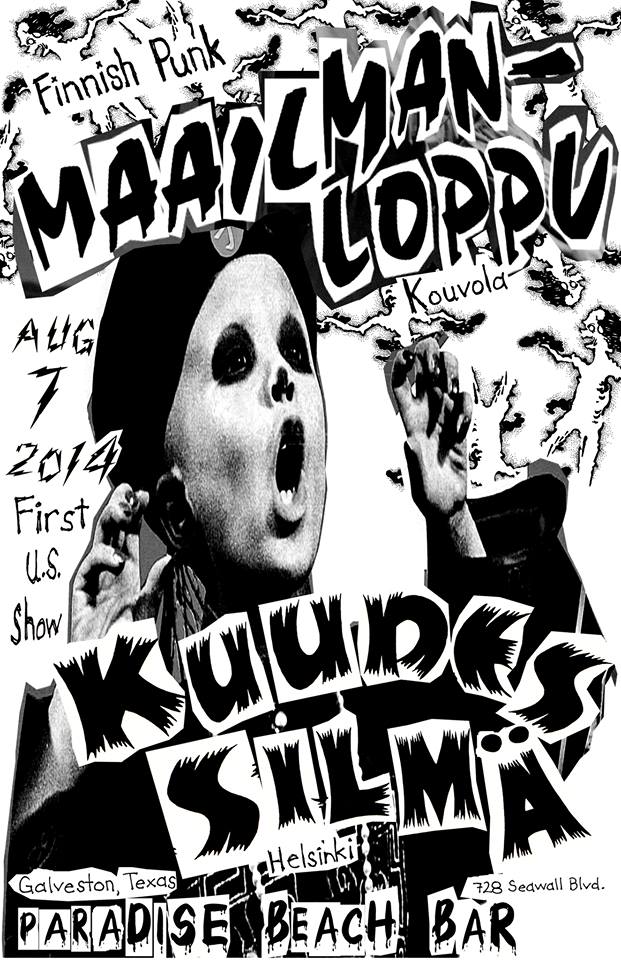
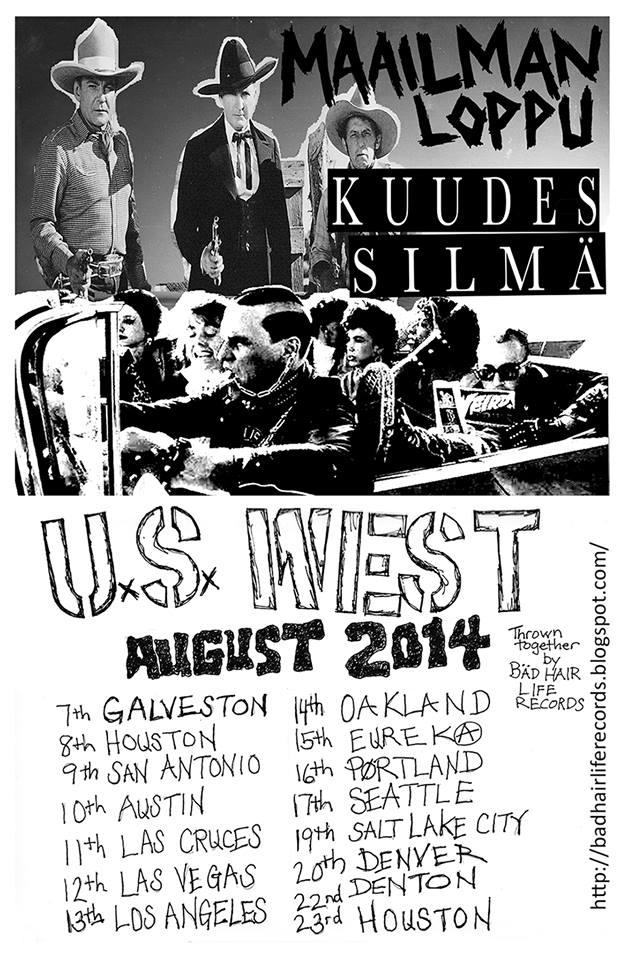
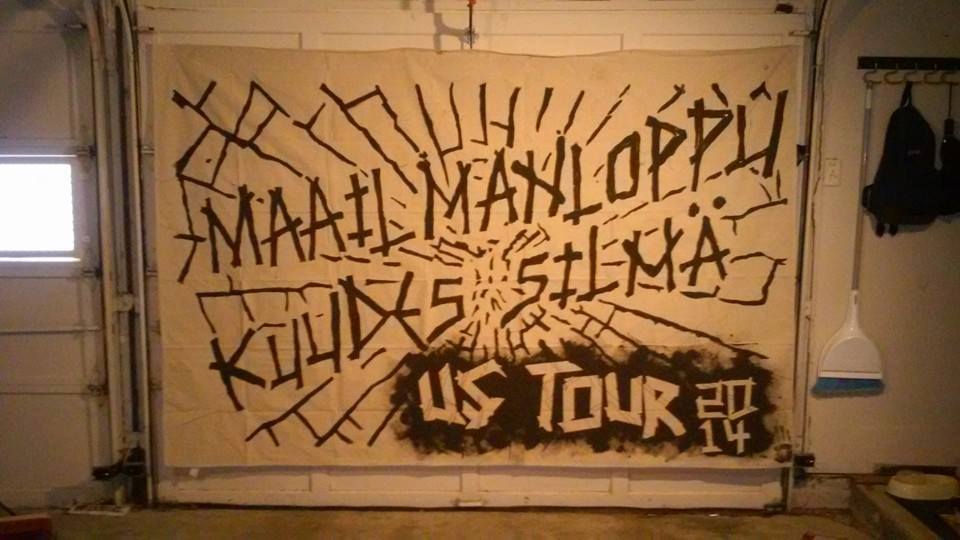
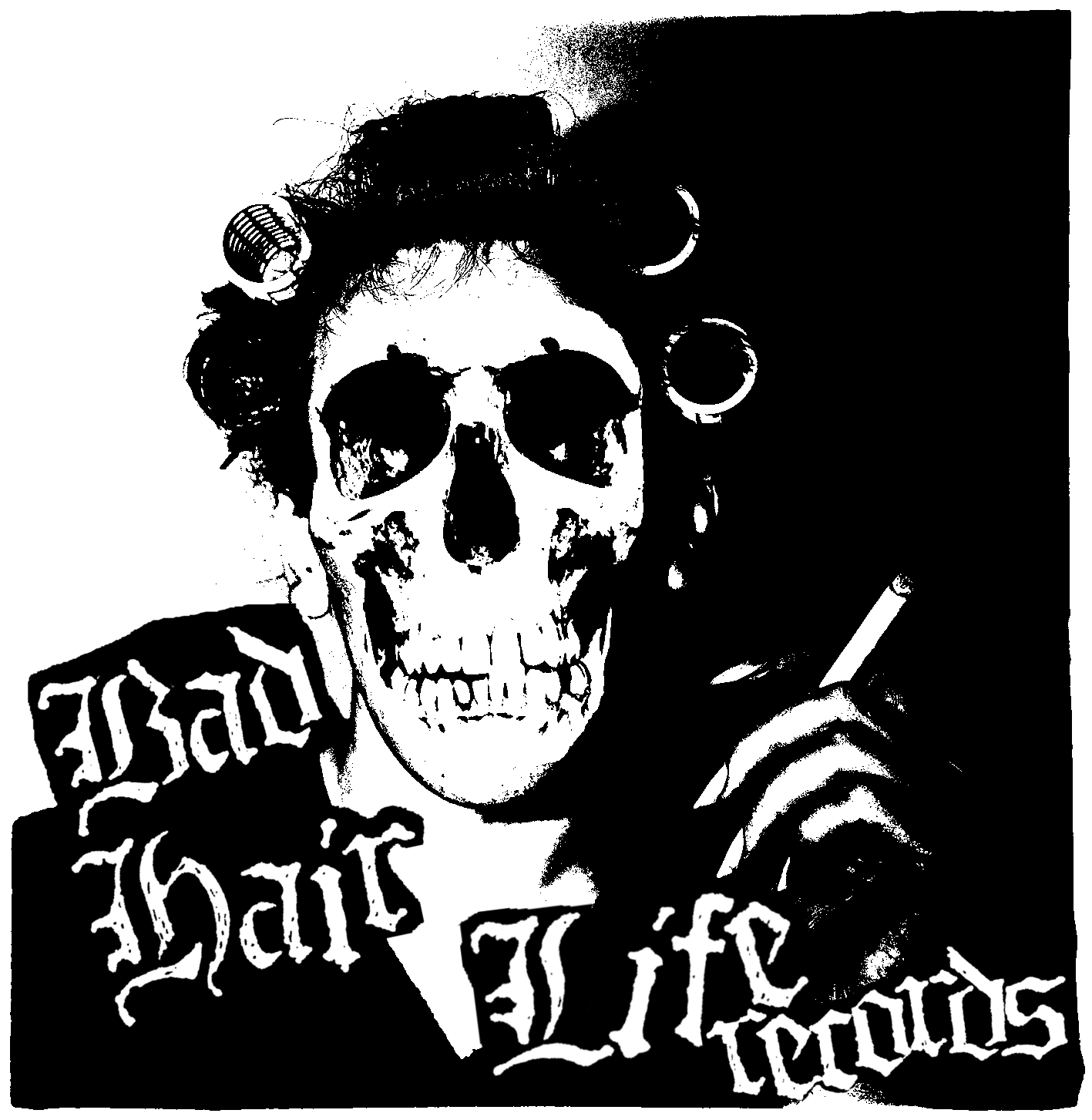
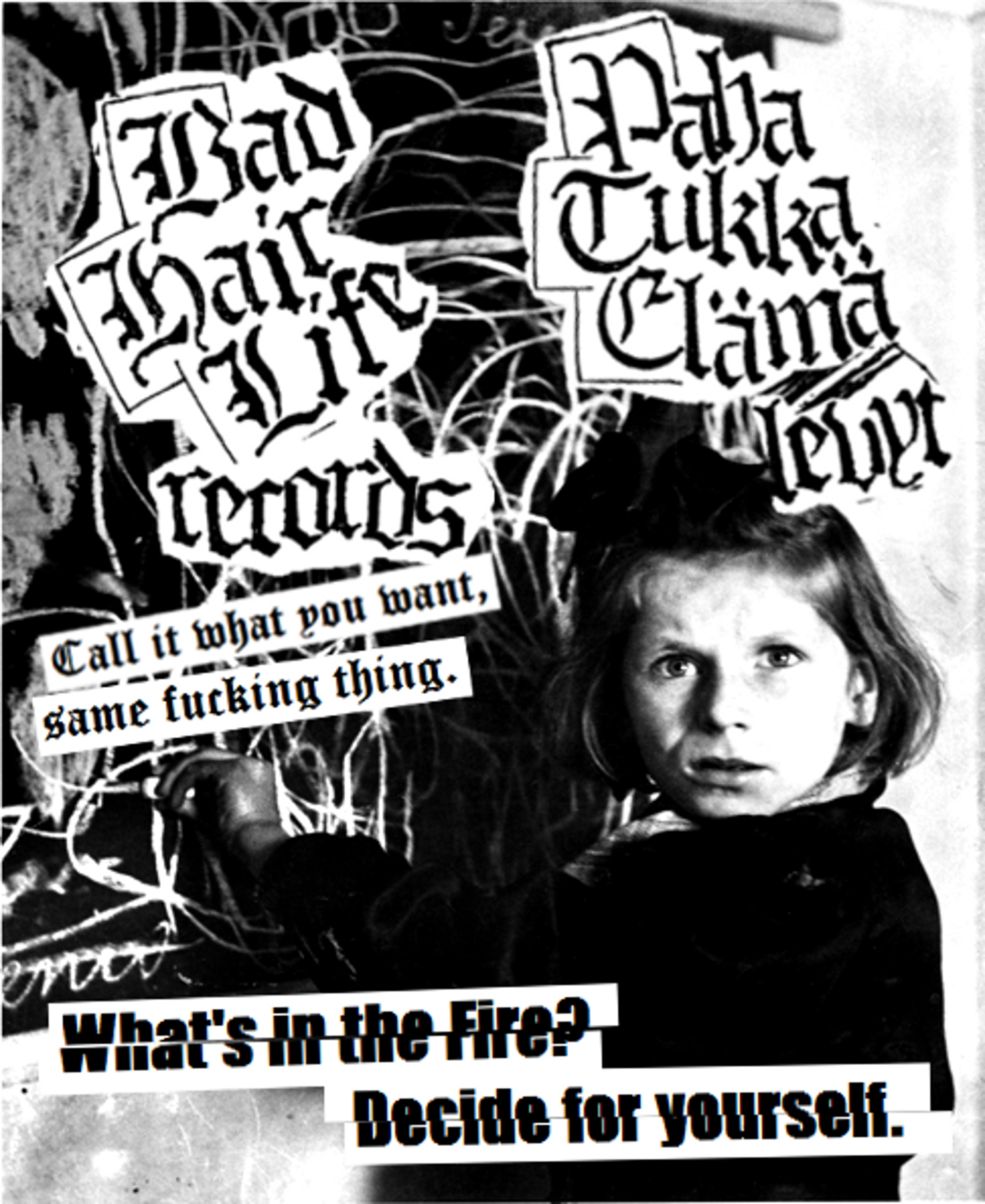
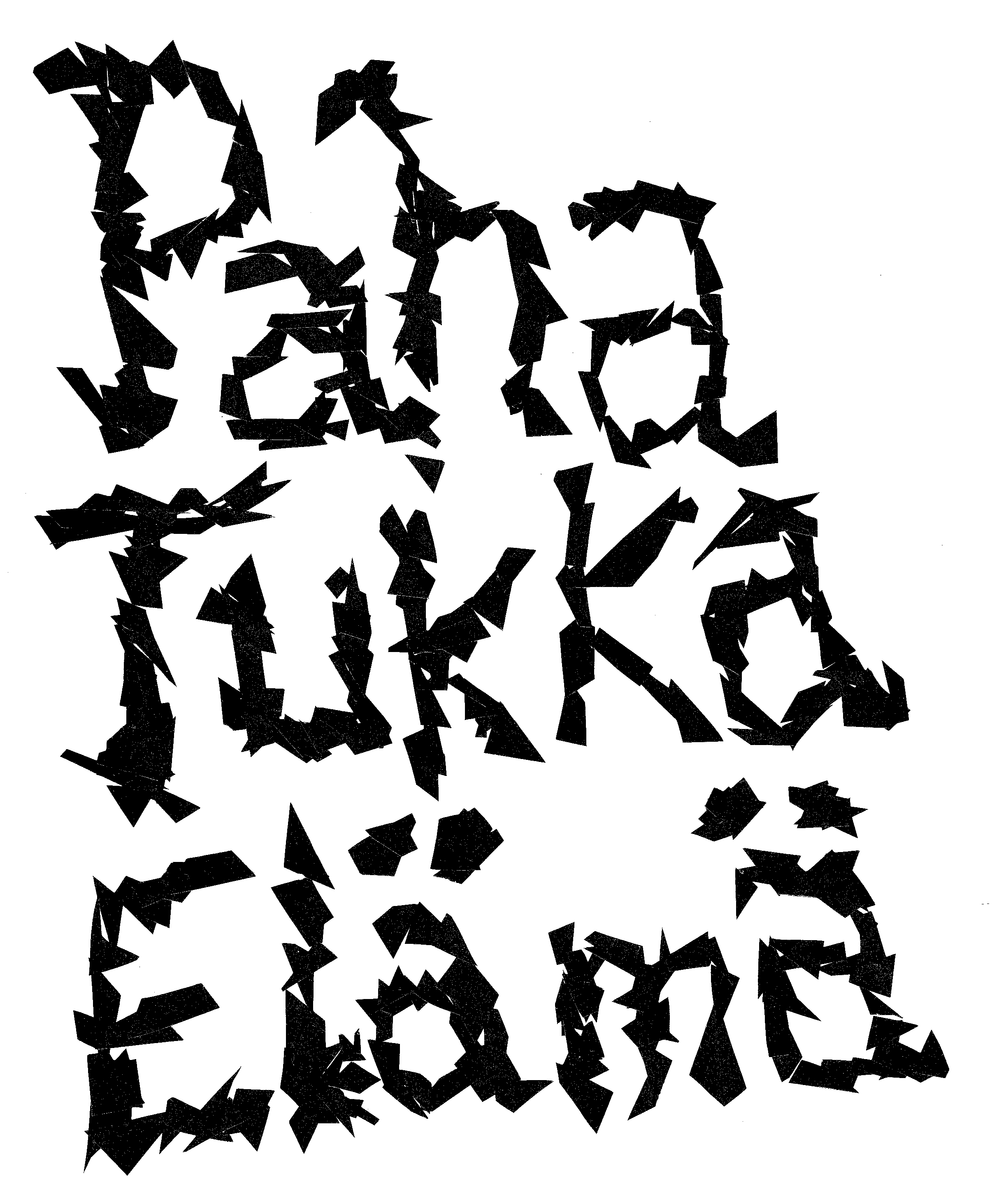
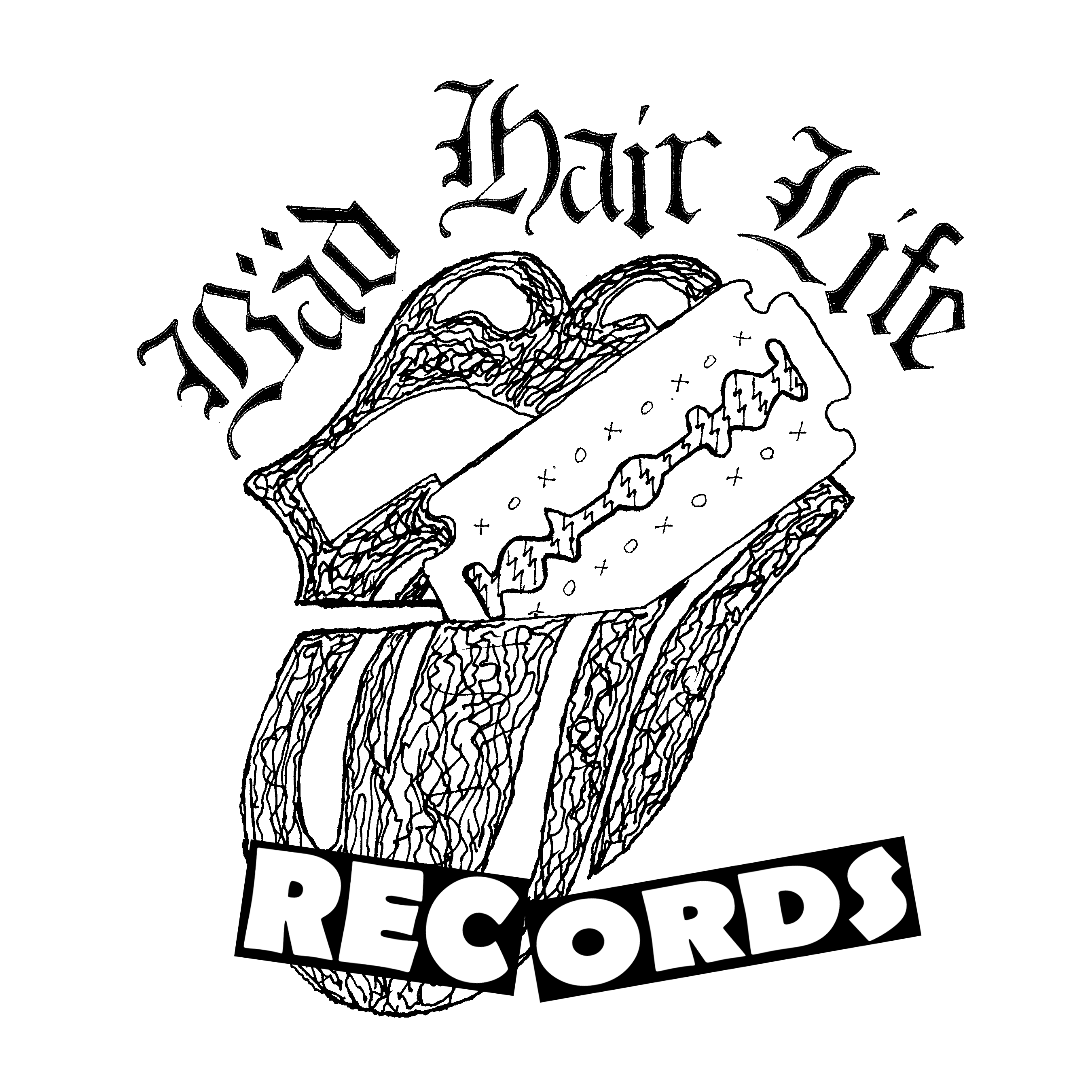
Comments
Leave comment